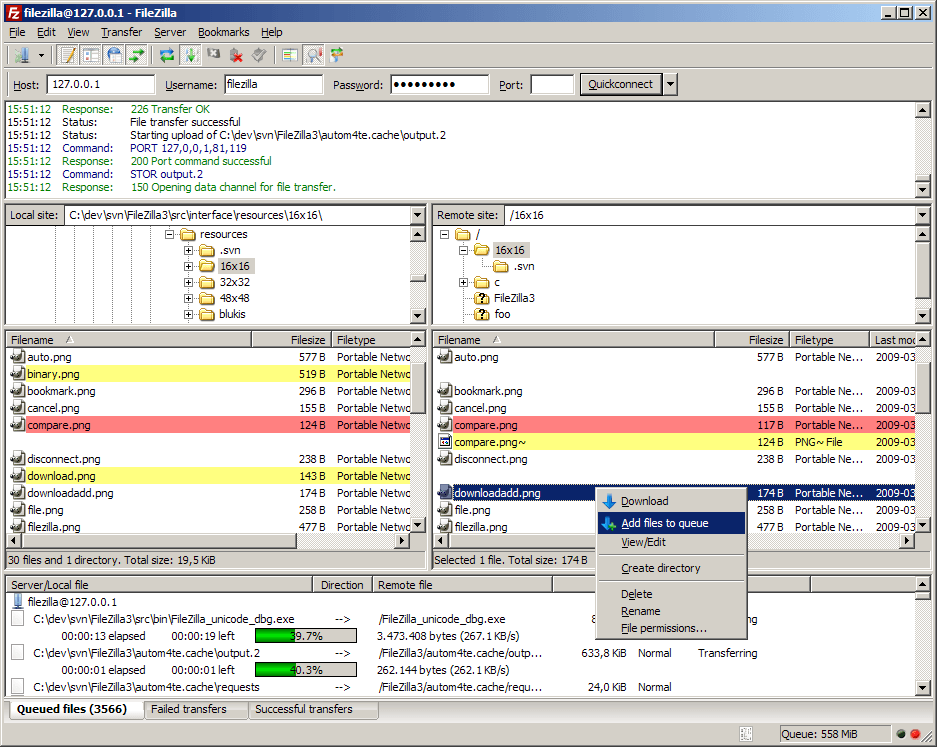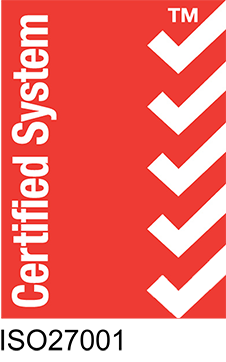If you don't have a program to upload files to your website we recommend a program called FileZilla, which is free, supports most operating systems (Windows / Mac & Linux) and has all the basic features you should need to upload files to your hosting account.
Please note it cannot be used to create your website.
In most cases you can download FileZilla client and RUN the program without needing to save it to your computer.
Once FileZilla is downloaded and installed on your computer, open the program.
FileZilla and most other FTP clients will have the same basic layout.
Up the top you will have details where you enter the host you wish to connect with (quick connect).
Below on the left, windows will allow you to navigate files and folders on your local desktop or laptop.
Opposite on the right you will have the same windows that deal with files and folders that are on the server (when you are connected).
When connected, it's simply a matter of moving files (drag and drop) back and forth between the left and right areas.

The settings you need to connect to your account on the server can be found in your setup instructions in the section called 'FTP details'.
These settings should be applied to the quick connect area at the top of FileZilla (leave the port field blank).
When the details are entered, click 'quick connect' and you will see commands run on the top dialogue box. After a few seconds, you should be connected.
On the right hand (remote side) you will see the directory listing '+/'. Click the plus to expand the listing.
Your website is located in the folder called /httpdocs/. Double click on this folder. All files to be uploaded should be dropped into this folder.
Notes: When dragging and dropping files, make sure the 'index' file (index.htm / index.html / index.php) of your website is located in the 'httpdocs' folder and not a subdirectory. If the first page of your website ends up in '/httpdocs/mysite/index.html', then your website will not be visible on the web at 'http://www.yoursite.com.au'. Rather, it would appear at 'http://www.yoursite.com.au/mysite/'. Beware, the server is case sensitive, so the server will treat 'index.html' and 'Index.html' as separate files. If you upload 'Index.html' and the server is looking for 'index.html' (lower case), you will get a 'file not found' error.


